Hama – Mosques حماة – الجوامع
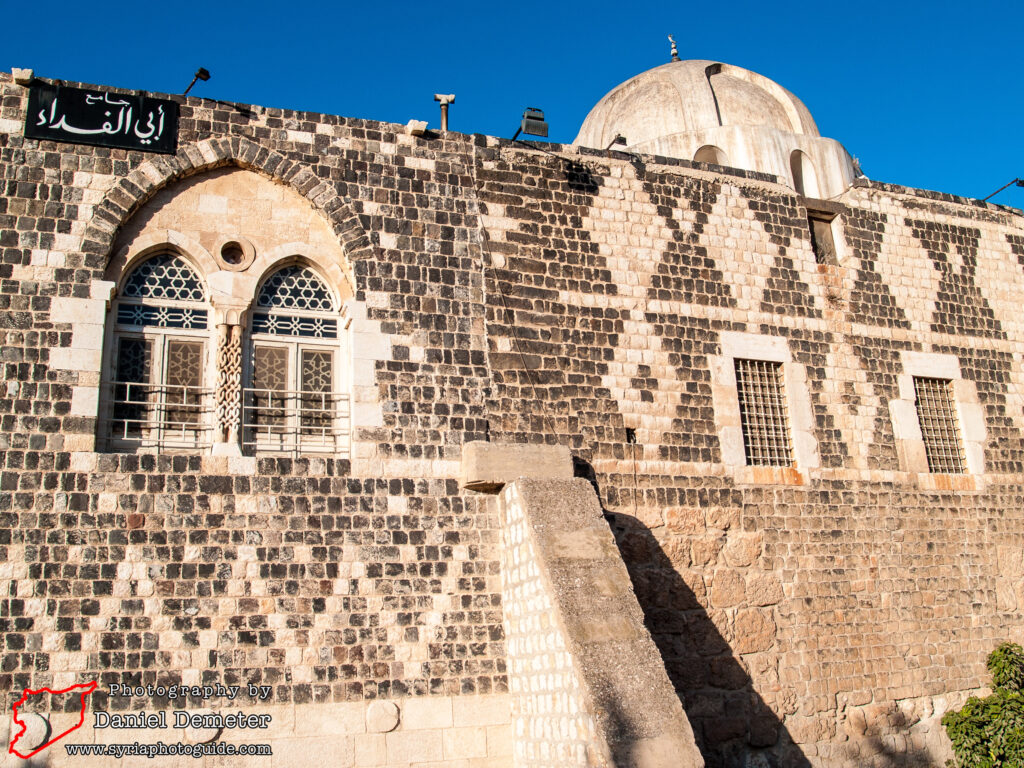
The city of Hama (حماة) has several historic mosques worth visiting in addition to the famed Great Mosque of Hama (جامع حماة الكبير) and the al-Nuri Mosque (جامع النوري), both covered separately. Numerous other mosques can be found surrounding the remains of the former citadel. Most of these buildings were constructed during the late Seljuq and early Mamluk periods on a relatively modest scale. The mosques are generally open only during regular prayer times, as they seldom receive visitors.
Located southwest of the citadel mound, al-Hasanein Mosque (جامع الحسنين) is believed to be oldest of these mosques. Its origins are unclear, but an inscription near to the entrance describes it as having been rebuilt under the rule of Nur al-Din Mahmoud Zenki (نور الدين محمود زنكي) after it suffered substantial damage in the earthquake of 1157. It features a square minaret built of black basalt and white limestone, a rectangular prayer hall, and two domes. Under the eastern dome is a tomb which some locals believe belongs to the prophet Jonah (يونس), though this attribution seems unlikely.
al-Aazi Mosque (جامع العزي), northeast of the citadel mound, dates back to the Mamluk period. A local historian suggests that the building may have originally been a church, and that it was converted into a religious school by Abu Salem Yahyeh Bin Hamzeh al-Aazi (أبو سالم يحيى بن حمزة العزي) in 1259. The building is known to have been converted into a mosque by Mohammed Bin Hamzeh al-Aazi (محمد بن حمزة العزي) in 1323. The mosque is particularly small, and does not have a minaret. It features a ribbed dome sitting on an octagonal base over a modest prayer hall.
Opposite the river is Abu al-Feda Mosque (جامع أبو الفداء), arguably the most important and impressive of these historic buildings. It was constructed in 1326 under the rule of Mamluk governor Abu al-Feda (أبو الفداء) and houses his tomb. Better known as a historian and geographer, Abu al-Feda (أبو الفداء) governed the city of Hama (حماة) from 1320 until his death in 1331. Abu al-Feda (أبو الفداء) was born in Damascus (دمشق), a descendant of the Ayyubid family, and spent much of his youth in military expeditions against the Crusaders. He is known for authoring the Concise History of Humanity (المختصر في أخبار البشر) and A Sketch of the Countries (تقويم البلدان) in the later years of his life. The mosque dedicated to him features beautiful stonework, particularly on its southern façade. The building is sometimes referred to as the al-Hiyaya Mosque (جامع الحيايا), or “Serpent’s Mosque”, on account of the interlaced stonework around its windows. The mosque has a central courtyard with the prayer hall to the south and tomb and octagonal minaret to the north. It was reconstructed after suffering major damage in the 1982 conflict.
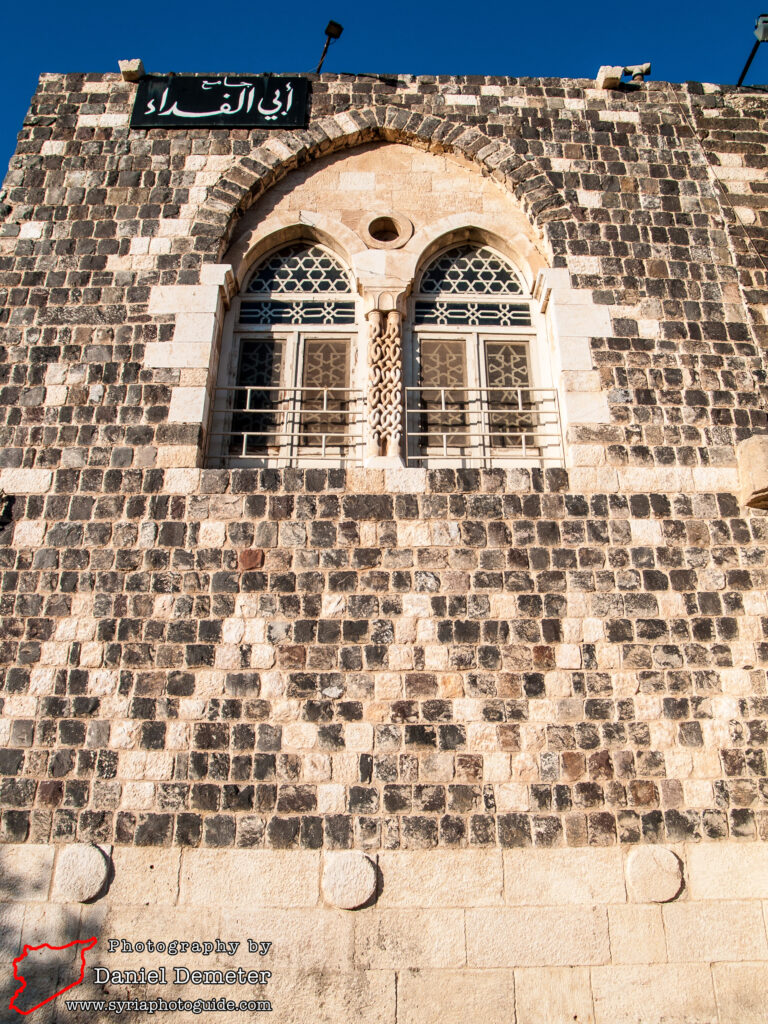
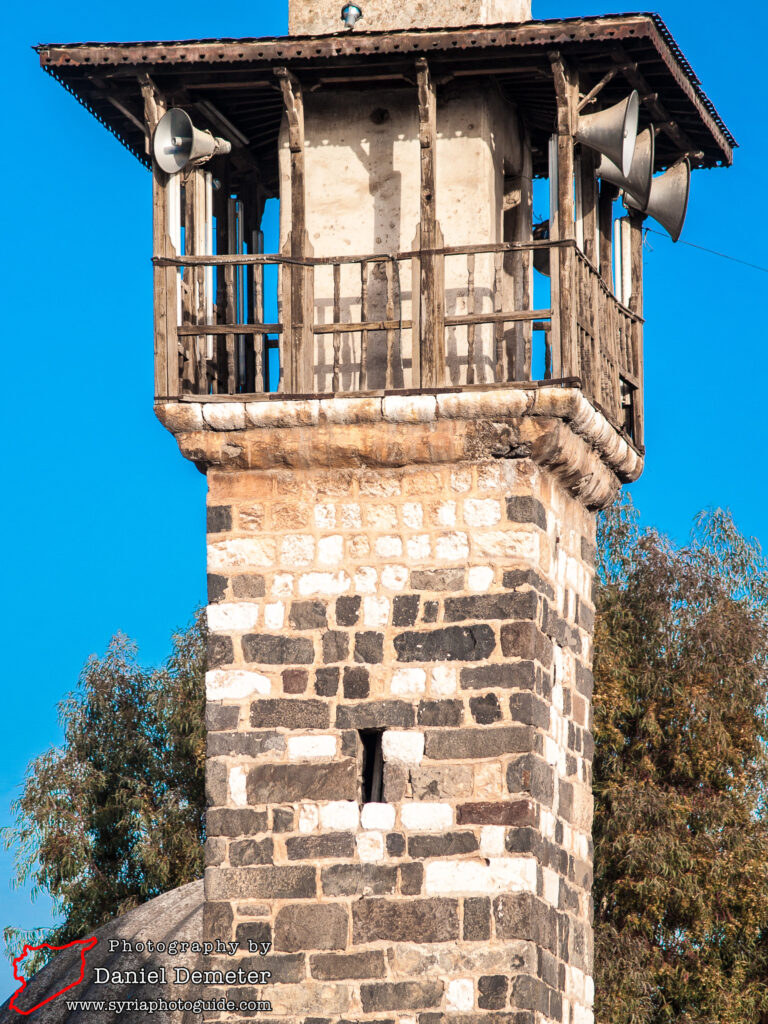
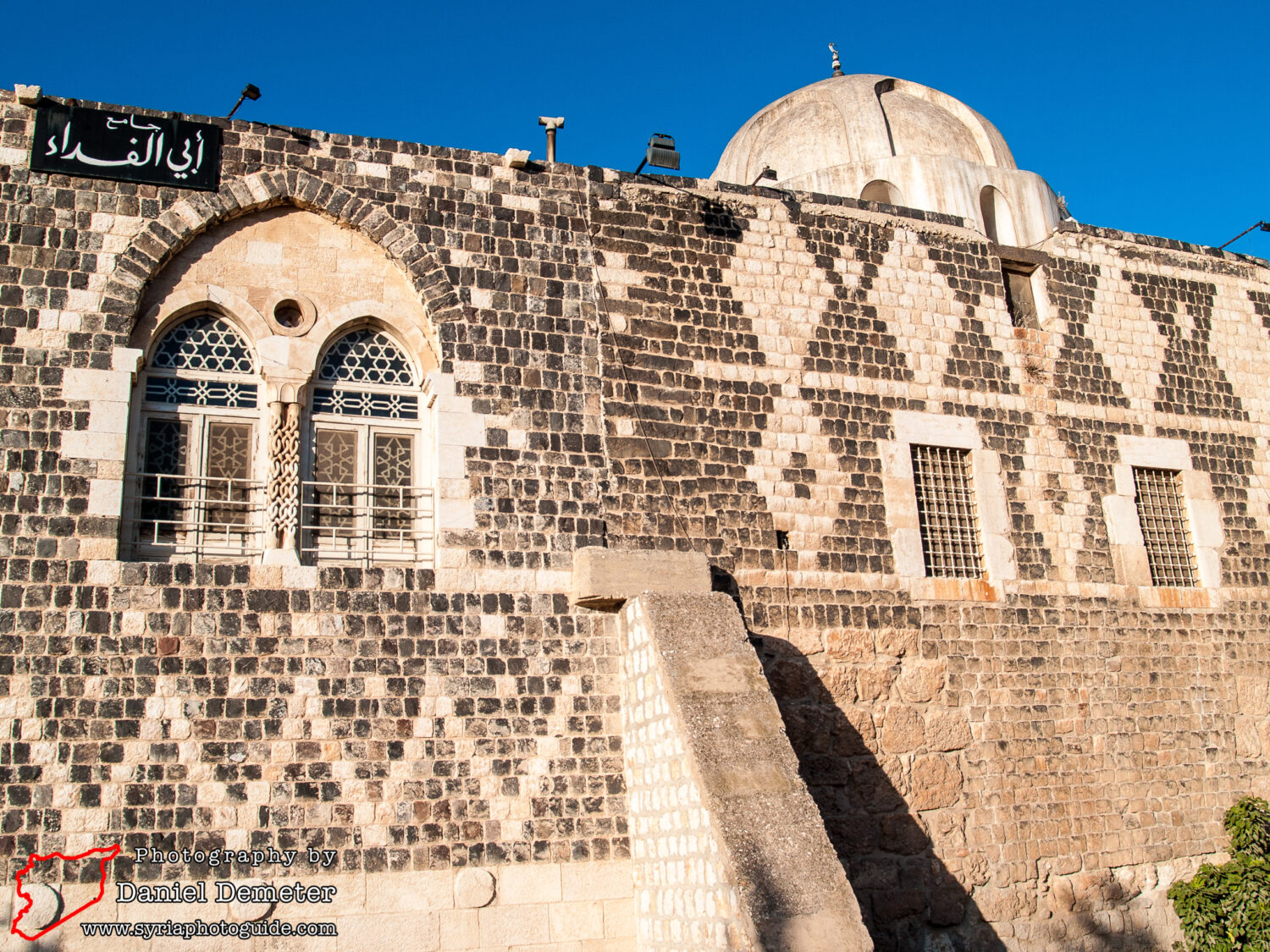
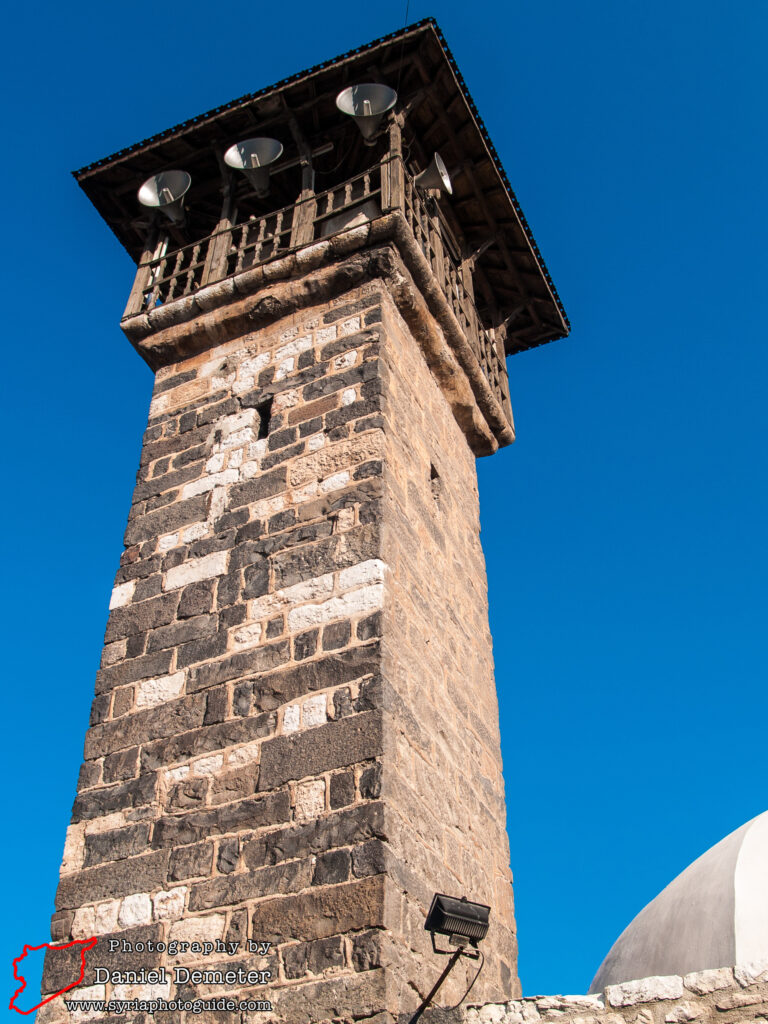
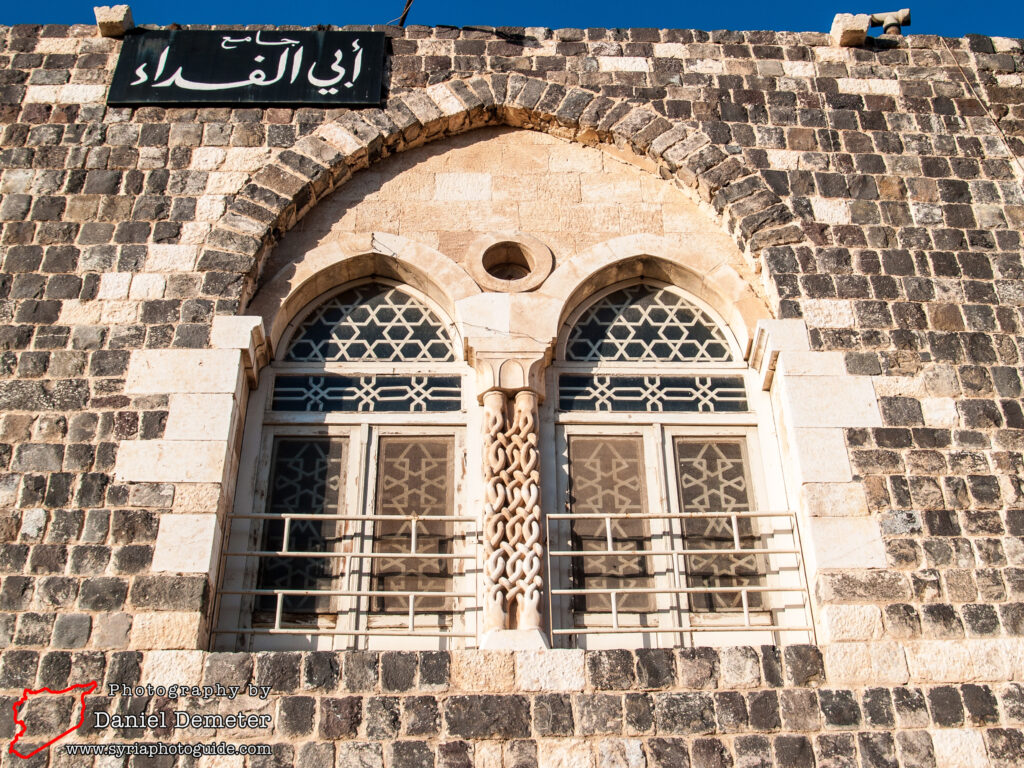
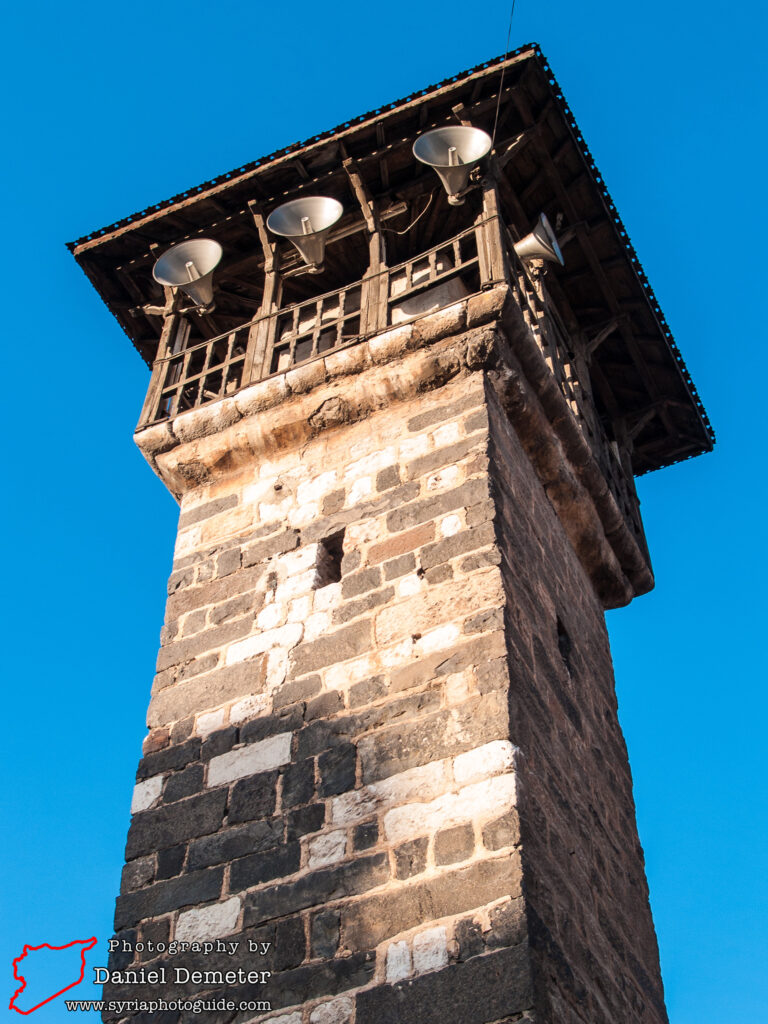
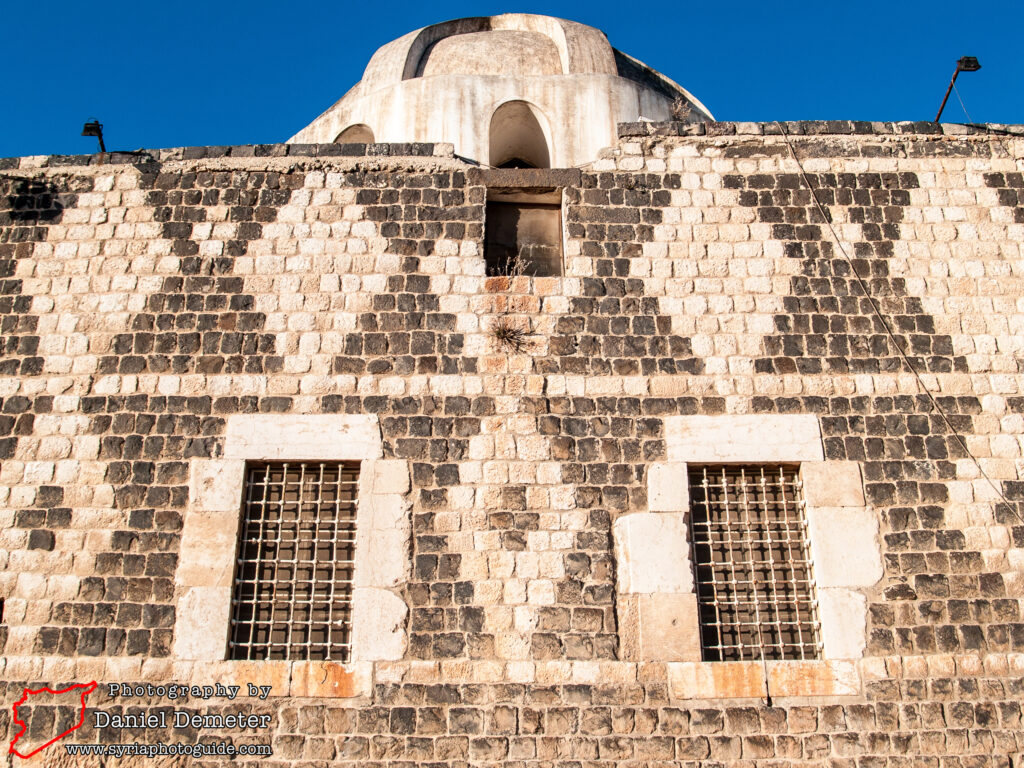
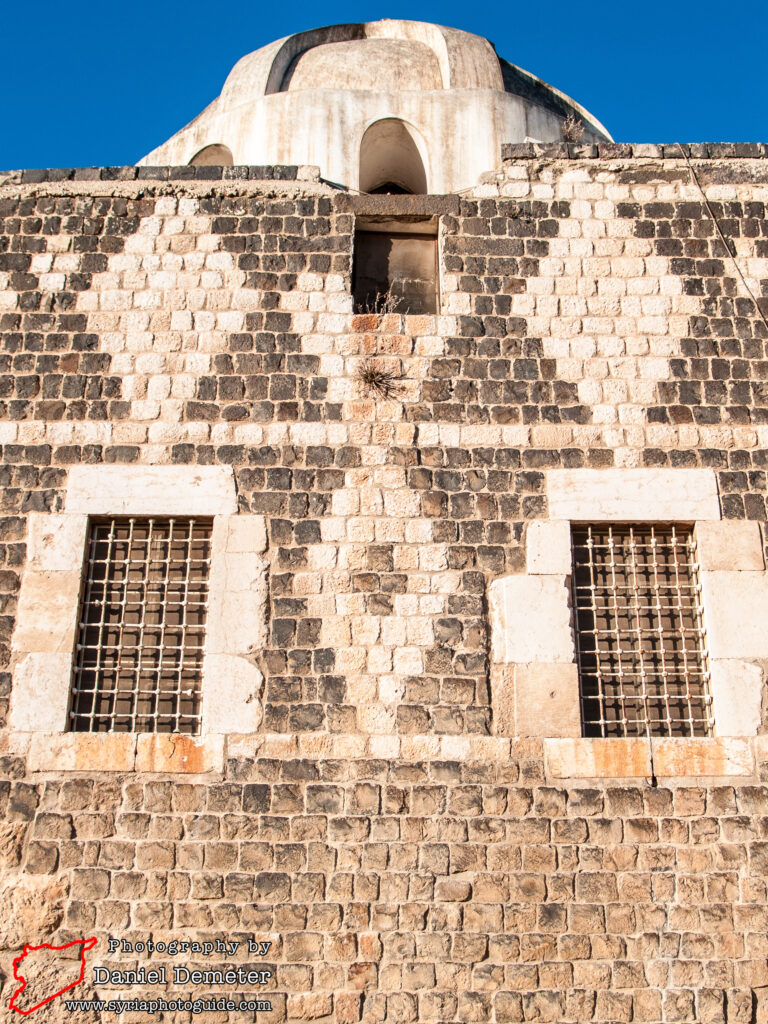
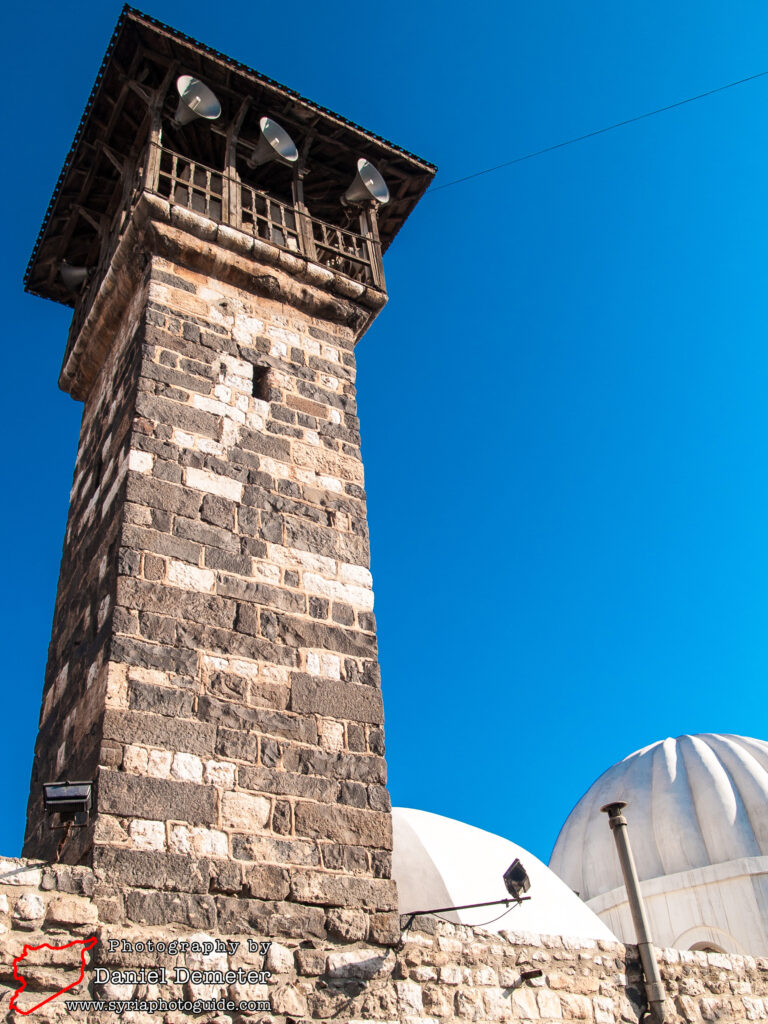
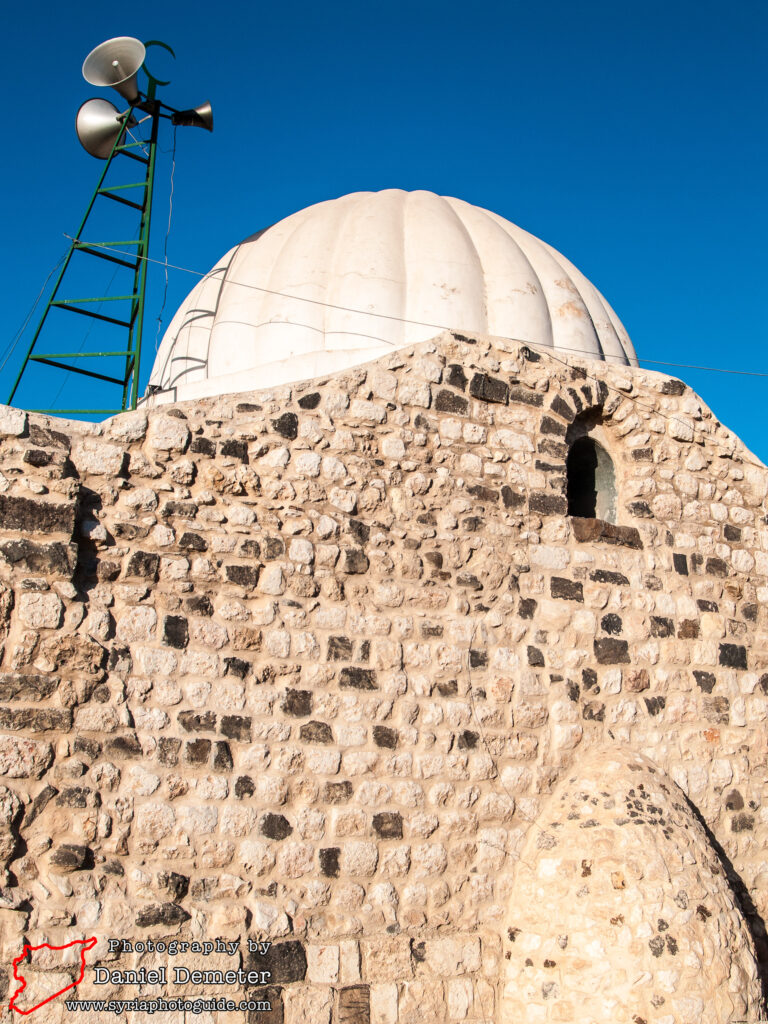
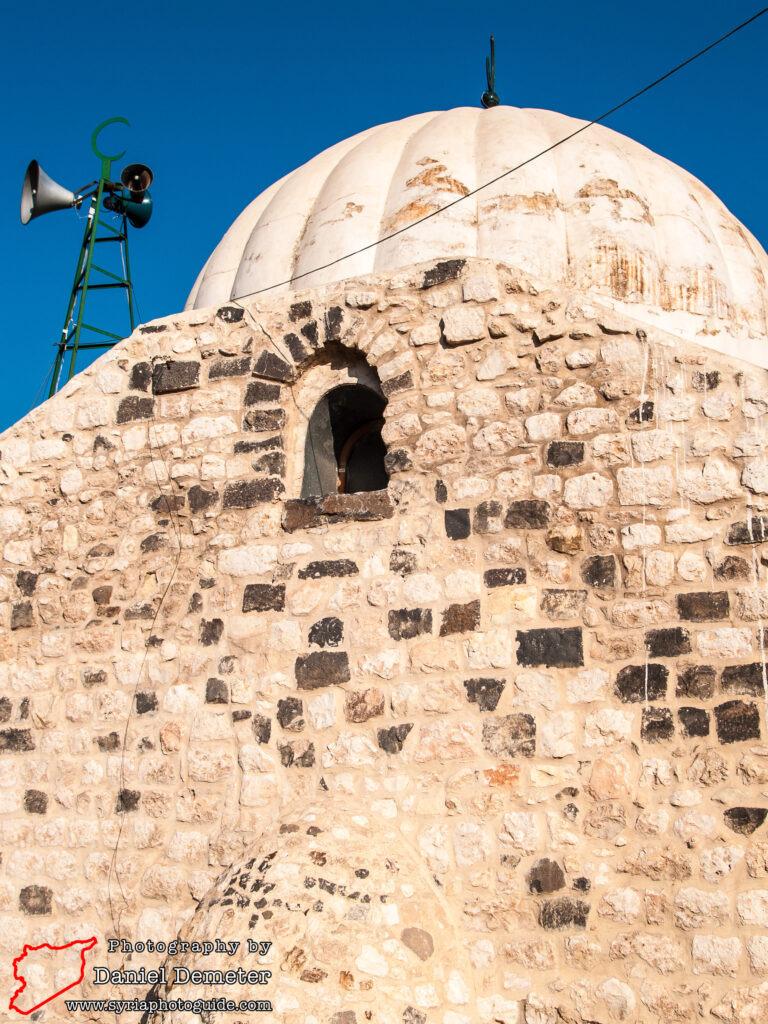
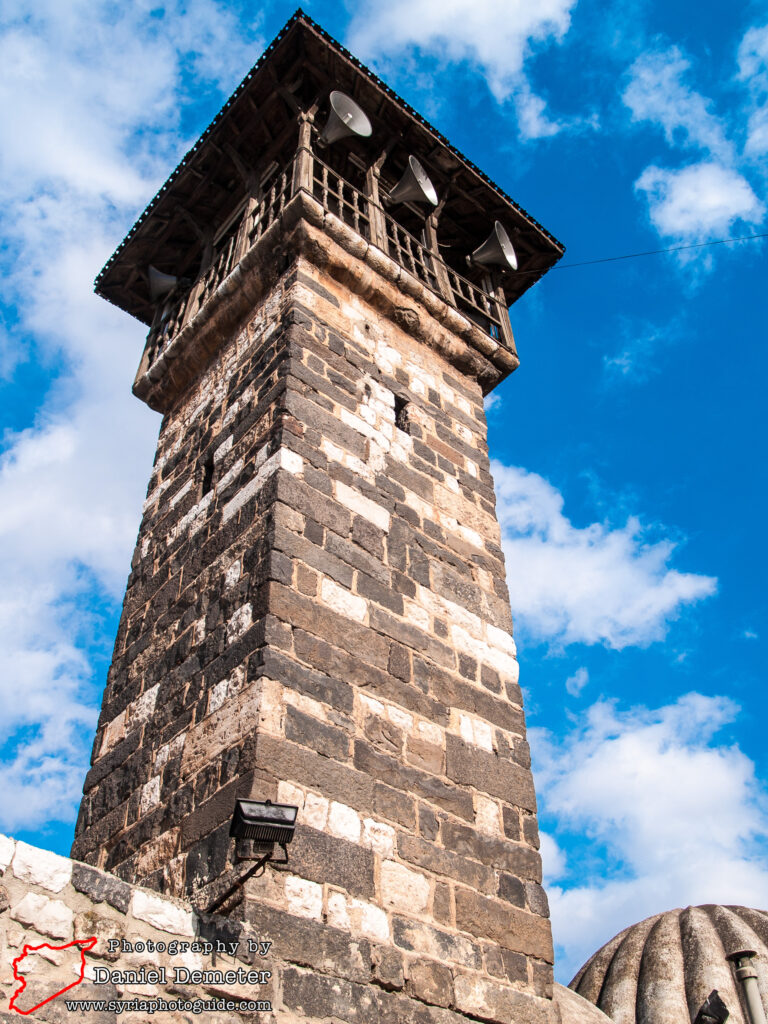
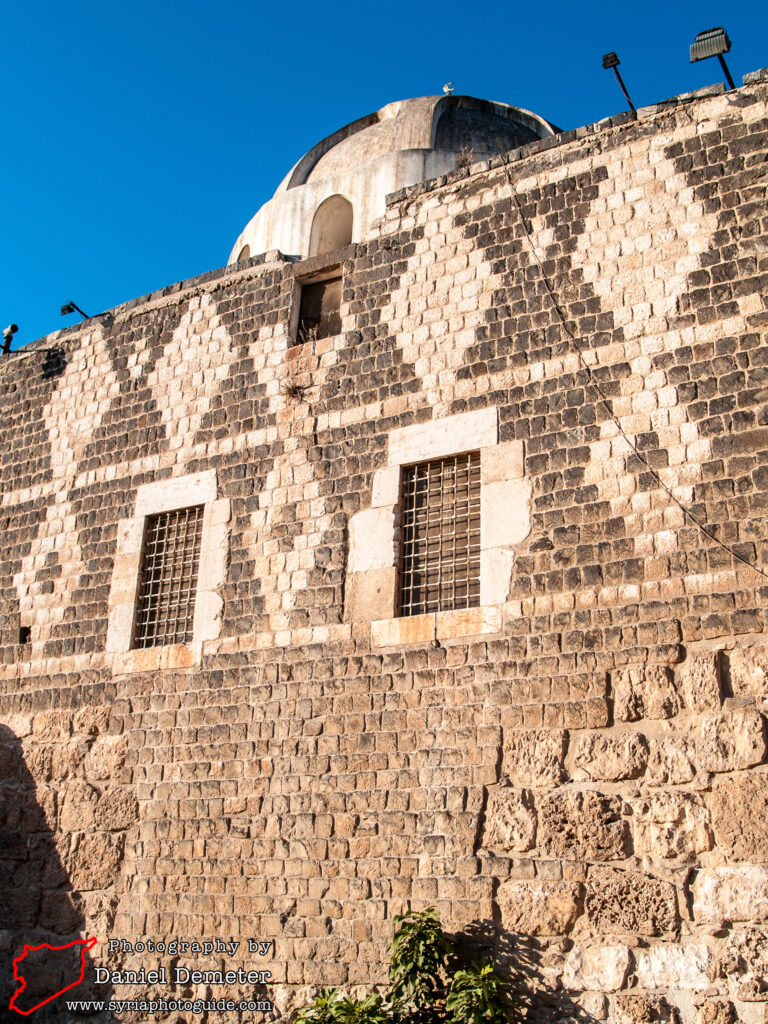
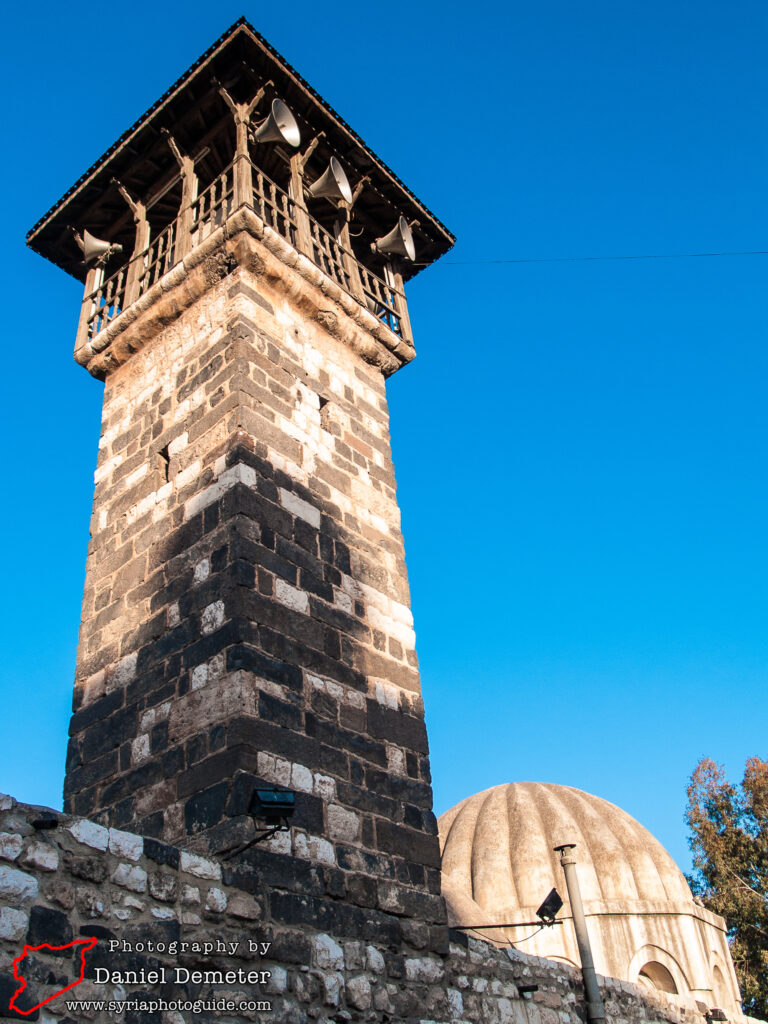
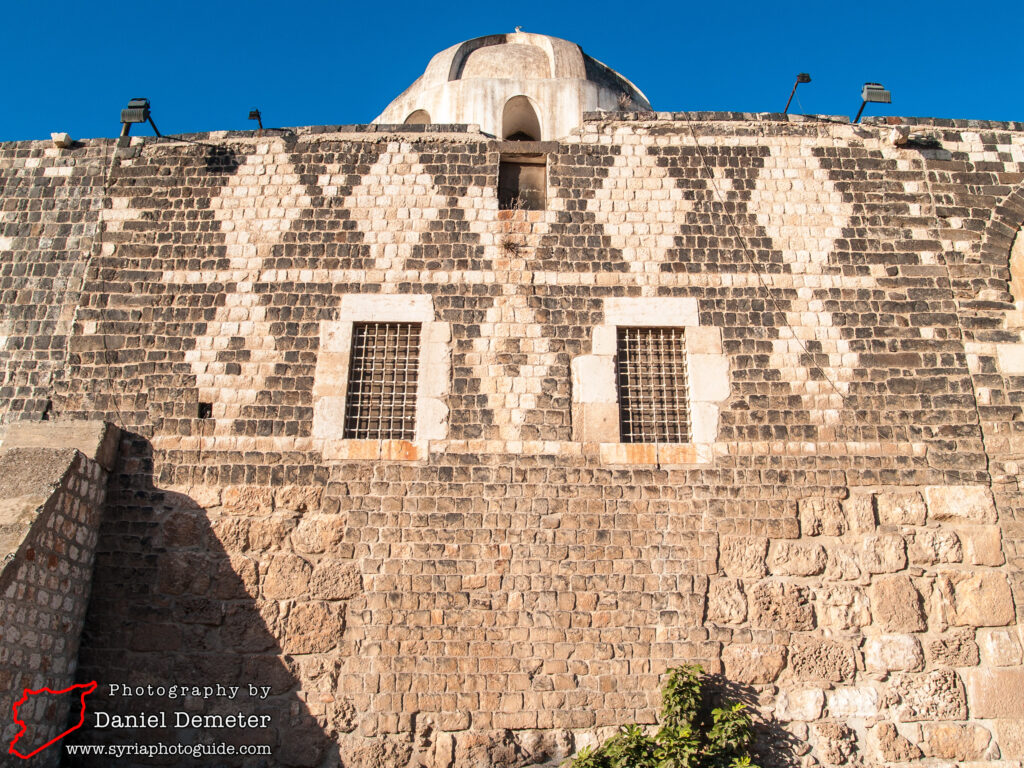
Getting There: Hama (حماة) is one of Syria’s largest cities and has frequent bus connections with Damascus (دمشق) and Aleppo (حلب), with less frequent buses traveling between Hama (حماة) and Tartus (طرطوس), Lattakia (اللاذقية), al-Raqqa (الرقة) and Deir al-Zur (دير الزور). Microbuses travel between Hama (حماة) and Homs (حمص) every few minutes. All three of these mosques are located in close proximity to the citadel mound, just northwest of the old city. al-Hasanein Mosque (جامع الحسنين) is southwest of the former citadel, while al-Aazi Mosque (جامع العزي) is to the northeast. Abu al-Feda Mosque (جامع أبو الفداء) is located just across the river from al-Aazi Mosque (جامع العزي).
Coordinates: 35°08’22.00″N / 36°44’57.00″E (Abu al-Feda Mosque)
Transliteration Variants: al-Izzi Mosque, al-Azzi Mosque, al-Aazzi Mosque, Abi al-Feda Mosque, Abu al-Fida Mosque, Abi al-Fida Mosque
Rating: 3.5 / 10
References: eSyria – al-Hasanein Mosque, eSyria – al-Aazi Mosque, eSyria – Abu al-Feda Mosque, Monuments of Syria (Ross Burns)
